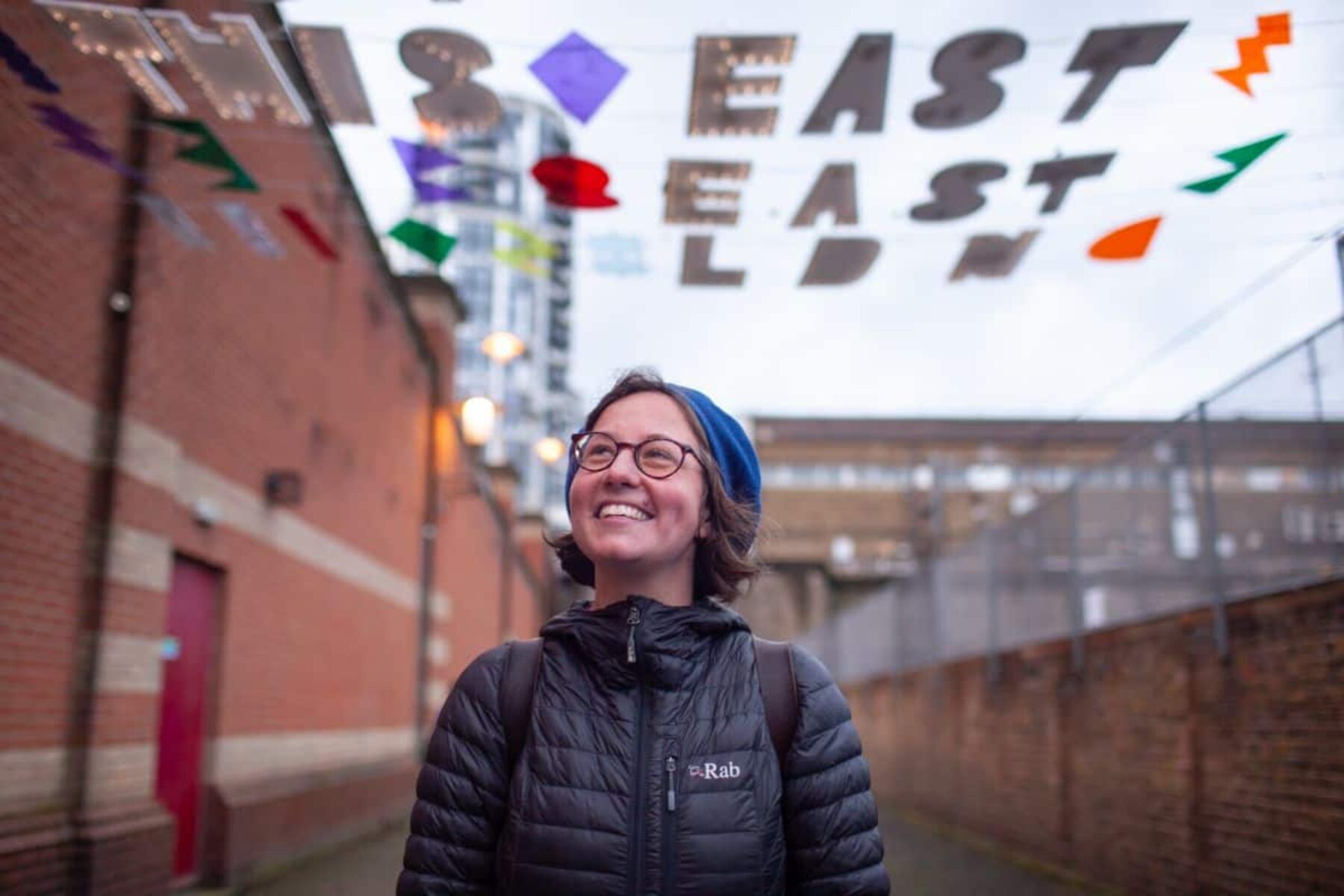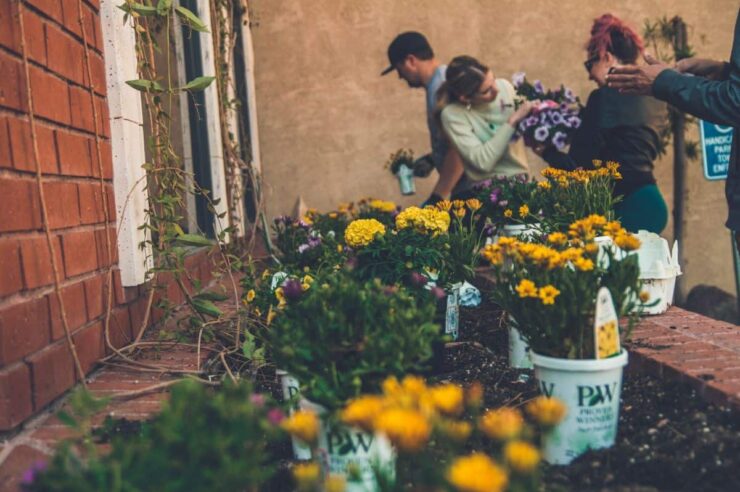Street Space works with people in Barking and Dagenham, east London to make the public realm feel safer and more inviting. Its founder Phillippa Banister explains how
Community can’t happen if there’s no space for relationships to build. Not everyone feels comfortable in their community centre or a particular centre for faith. And, actually, the street can provide all this.
Because when traffic is calmed and there’s space for people to connect, space for children to play and for older people to sit down, then the street can become this mini ecosystem where community can thrive, as well as local economies and shops.
There’s so much regeneration and investment [in Barking and Dagenham] but that’s happening to new-build areas, not the spaces in between that get forgotten and left behind. A report a couple of years ago found 50 per cent of people in Barking didn’t feel safe in the town centre after dark – so we launched a project to address that.
We started by going into the street with a map and asking people where they do and don’t feel safe. People know immediately – they’ll say: ‘I don’t feel safe in this alley way, or this cash point, or crossing this park’.
Then, we brought people together and asked: ‘If you were hosting a birthday party for your best friend in this alley way and you had £50 to spend, how would you use the shops that we’ve got in Barking to do that?’ It prompted such rich energy and ideas.
We did a first round as experiments and from feedback we found about 60 per cent of people felt safer as a result. Then we were able to get some funding to commission an artist and an architect to create a bigger installation, which went up in February.
After that, we’ll be having something else. It’s trying to show that space is ours and about unlocking a sense of agency – not just about streets but also about our own lives as well.
The street can become this mini ecosystem where community can thrive
People often feel there isn’t any possibility that we can change how we live, but what has been exciting about the pandemic is that people are dramatically rethinking and reshaping how we live and how we work, and how space could be used differently to facilitate different behaviour and outcomes for everyone.
There are obviously going to be conflicts and tensions. Streets are places that we have to share, and that’s difficult and people have different ways they want to travel around. [It’s about] making sure that everyone is involved in the conversation around reimagine spaces.
We try to put people and community at the heart of a place, which I think is key to an emerging sense of belonging. During the pandemic, people have started to see their community as not just their sports groups or colleagues, but the people that live near them. The street is that unit for coming together.
Main image: Phillippa Bannister pictured in Barking, east London. Credit: Street Space




